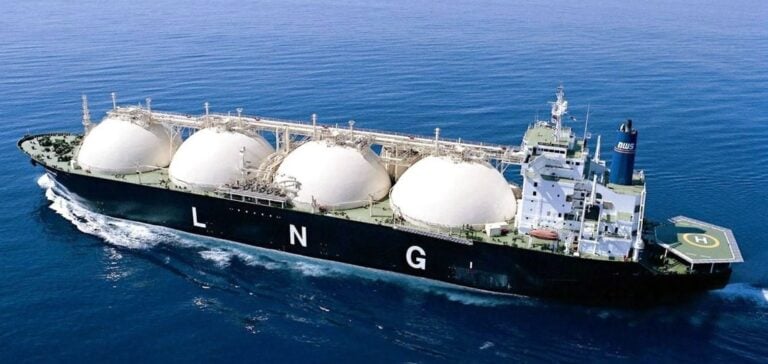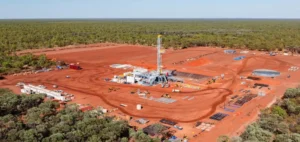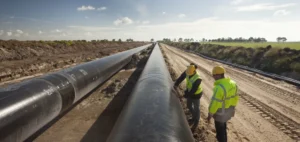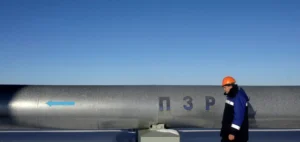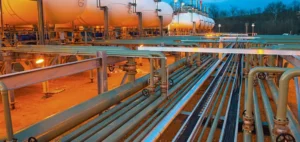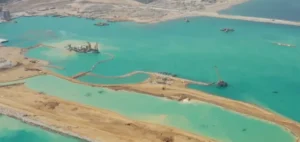North America’s liquefied natural gas (LNG) export capacity could more than double by 2029, reaching 28.7 billion cubic feet per day (Bcf/d) from 11.4 Bcf/d at the start of 2024. This expansion is based on the commissioning of projects currently under construction in the United States, Canada and Mexico. The International Energy Agency estimates that North America will account for more than 50% of global capacity additions during this period.
In the United States, liquefaction projects underway are expected to add 13.9 Bcf/d to the current capacity of 15.4 Bcf/d. These new facilities will be mainly concentrated along the Gulf Coast, already a strategic hub for Western Hemisphere LNG exports. Projects include Plaquemines LNG Phase 2, Corpus Christi Stage III and five terminals under construction that have reached final investment decision.
Major U.S. projects under construction
Projects currently under development include Port Arthur LNG Phase 1 (1.6 Bcf/d), Rio Grande LNG (2.1 Bcf/d), Woodside Louisiana LNG (2.2 Bcf/d), Golden Pass LNG (2.1 Bcf/d) and CP2 Phase 1 (2.0 Bcf/d). To supply these terminals, several new pipelines must be built, but delays in their development pose a potential risk to the timeline for commercial operation.
Some facilities, such as Plaquemines LNG Phase 1, have already begun shipping LNG, although they are not yet fully operational. The pace of production increase will depend on the completion of transport infrastructure and market conditions.
Canada targets Pacific coast development
In Canada, LNG Canada shipped its first cargo from British Columbia in July 2025 after beginning initial LNG production in June. This facility can produce 1.84 Bcf/d and is expected to reach full capacity in 2026. A second phase, planned beyond 2029, would double its capacity to 3.68 Bcf/d. Two additional projects are underway: Woodfibre LNG (0.3 Bcf/d) and Cedar LNG (0.4 Bcf/d), the latter being a floating facility scheduled to begin operations in 2028.
These Canadian projects benefit from a geographic advantage, cutting shipping times to Asia by 50% compared with Gulf Coast terminals in the United States. Feedgas will be sourced from the Montney Formation located in Alberta and British Columbia.
Mexico expands export infrastructure
In Mexico, two export projects under construction have a combined capacity of 0.6 Bcf/d. The first is Fast LNG Altamira FLNG2 (0.2 Bcf/d), located on the east coast, while the second, Energía Costa Azul (0.4 Bcf/d), is on the west coast. Both projects will be supplied with gas from sources in the United States, notably via the Sur de Texas-Tuxpan pipeline.
Mexico produced its first LNG cargo in August 2024 aboard Fast LNG Altamira FLNG1. These projects mark the country’s gradual entry into the global LNG export market, relying on cross-border infrastructure and imported feedgas.


